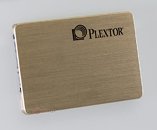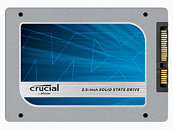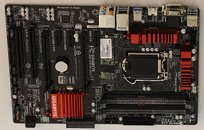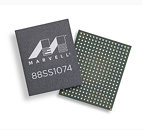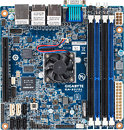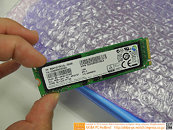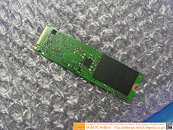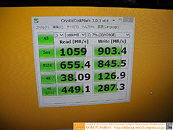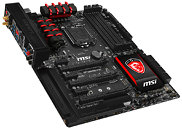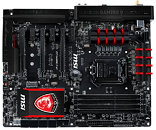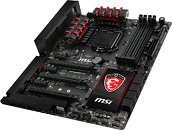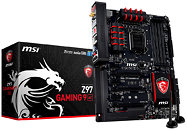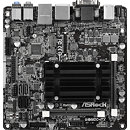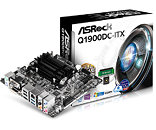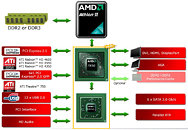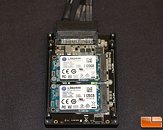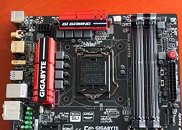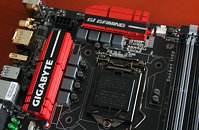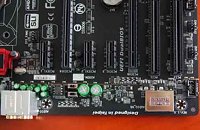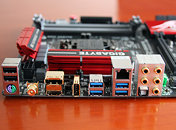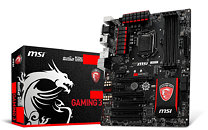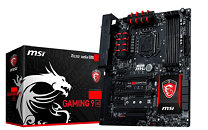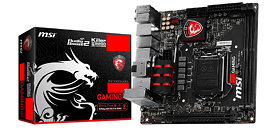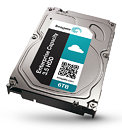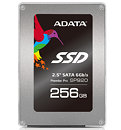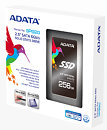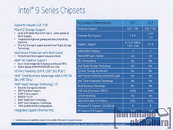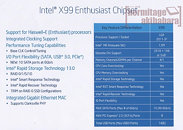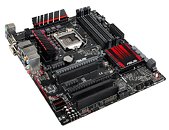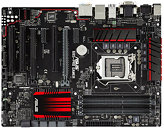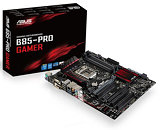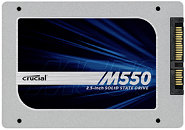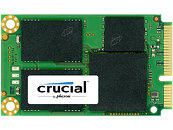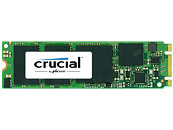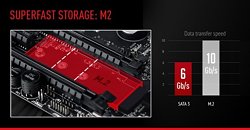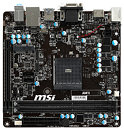MSI is ready with its Gaming series socket LGA1150 motherboards based on Intel's next-gen 9-series chipset, which are ready for Core "Haswell" refresh processors. The series includes three boards in the ATX form-factor, the 9-series Gaming 9 AC, 9-series Gaming 7, and 9-series Gaming 3; and one in the mini-ITX form-factor, the 9-series Gaming. The 9-series Gaming 9 AC is loaded with features, including a 12-phase CPU VRM, four DDR3 DIMM slots, three PCI-Express 3.0 x16 slots (x16/NC/NC or x8/x8/NC or x8/x4/x4), eight SATA 6 Gb/s ports, a PCI-Express x2 M.2 slot, Killer E2200 NIC, 802.11 ac WLAN, and more.
Next up, is the 9-series Gaming 7, which offers the same 12-phase CPU VRM as the 9-series Gaming 9 AC, same three PCI-Express 3.0 x16 slots, four PCI-Express 2.0 x1, and an identical storage connectivity. The 9-series Gaming 3 is the most affordable of the lot, with a 6-phase CPU VRM, one PCI-Express 3.0 x16, a PCI-Express 2.0 x16 (electrical x4), two PCI-Express 2.0 x1, and three PCI; six SATA 6 Gb/s, one M.2, and Killer E2200 NIC. Lastly, there's the 9-series Gaming ITX, which offers a decent 6-phase VRM, single PCI-Express 3.0 x16, 802.11 ac networking, Killer E2200 NIC, and AudioBoost audio. The three should launch in the run up to the mid-May release of Intel's new processors.
More pictures follow.

